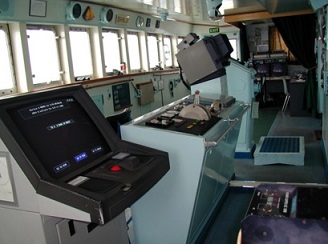Collision at sea frequently reported because of substandard bridge procedures. Lack of checks and testing on bridge equipment can lead a ship to a dangerous situation. It is especially true while approaching or leaving a harbor or transiting through a traffic-congested area with limited sea room. To eliminate the potential threat of colliding with other vessels or ran aground during shallow water navigation, bridge watchkeeping officers need to be fully conversant with the use of all bridge equipment. These preparations may include many complexities, and this is the reason why a bunch of things should be considered and prepared carefully, to ensure a smooth voyage passage and safe navigation.


